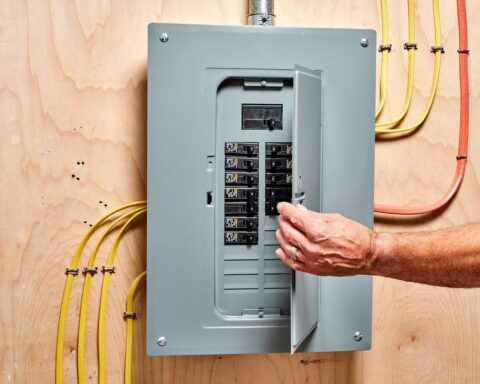The Cost Advantages
As drone-related threats continue to increase, organizations are looking for effective, affordable ways to secure airspace and protect critical infrastructure. Among the various counter-drone technologies available, Drone RF Detection systems stand out for their cost-effectiveness. In this article, we will explore why RF detection systems are a highly affordable solution for drone security and how they provide significant value compared to other detection methods.
Lower Initial Investment
One of the key advantages of Drone RF Detection systems is their relatively low upfront cost compared to alternatives such as radar-based systems or high-end thermal imaging technologies. While radar systems, for example, can be expensive due to the need for high-powered transmitters and receivers, RF detection systems rely on passive signal interception. This means they don’t need to emit powerful signals or use complex infrastructure, keeping costs down.
Additionally, RF detection systems are typically easier to deploy and maintain, which further reduces initial investment costs. This makes them an appealing option for security agencies, businesses, and organizations with limited budgets or those looking to maximize the efficiency of their security systems without breaking the bank. The integration of Audio Jammers can further streamline security operations by offering an immediate solution to neutralize detected threats, eliminating the need for additional physical security measures.
Lower Operational Costs
Once deployed, RF detection systems tend to have lower operational costs compared to other detection technologies. For instance, radar systems consume more power and require regular calibration, which increases their energy consumption and maintenance requirements. RF systems, on the other hand, use significantly less power and have fewer moving parts, reducing the need for frequent maintenance.
Moreover, since RF detection is a passive system that simply listens for signals, there’s no need for the large energy expenditure required by radar to emit waves and scan large areas. The reduced need for manpower and infrastructure also contributes to lower operational costs.
Scalability and Flexibility
Another cost-effective feature of RF detection systems is their scalability. Security networks can be expanded more easily and affordably, with additional sensors or detection units added as needed. This is in stark contrast to radar or other high-tech systems, which may require significant investments in new equipment, infrastructure, or upgrades to accommodate an expanded coverage area.
In fact, RF detection systems can be deployed in a variety of environments, from small, localized areas like airports or government buildings to expansive regions like borders or large-scale public events. As security needs evolve, RF detection systems can be scaled up without the need for costly overhauls.
Reduced Risk of False Positives
A significant advantage of Drone RF Detection is its ability to accurately detect drone activity based on communication signals. RF systems use sophisticated algorithms to analyze frequency patterns, which significantly reduce the occurrence of false positives compared to other systems, such as infrared or radar-based detection.
False alarms not only create unnecessary confusion and diversion of resources, but they can also lead to increased operational costs over time. By minimizing false positives, RF detection systems help ensure that security teams can focus on real threats, rather than wasting time and resources responding to non-issues.
Integration with Other Security Systems
Another cost-saving aspect of RF detection is its ability to integrate seamlessly with other security systems. Many RF detection systems can be linked with counter-drone technologies like jammers, audio disruption devices, or Drone Detection Radar, enhancing their effectiveness without significant additional cost. By combining multiple systems in a single security network, organizations can achieve a more robust and comprehensive solution without multiplying costs.
For example, integrating Drone Detection Radar with RF systems provides a complementary layer of detection, while audio jammers can be used to disrupt drone communications. These integrations allow organizations to create a multi-layered, cost-efficient security infrastructure, offering real-time detection, neutralization, and tracking of threats.
Long-Term Value
In the long run, investing in a Drone RF Detection system can offer significant returns on investment (ROI) in terms of both direct cost savings and security benefits. Preventing unauthorized drone incursions can protect valuable assets, reduce the likelihood of security breaches, and prevent potential disruptions to operations, all of which would be far more costly to manage after the fact.
Moreover, as drone technologies continue to evolve, RF detection systems are future-proofed, capable of adapting to new drone communication protocols, frequencies, and other challenges without the need for expensive upgrades. This ensures that organizations are not faced with the prospect of obsolescence, making RF detection a sound long-term investment.
Stay in touch to get more news & updates on Essential Tribune!








